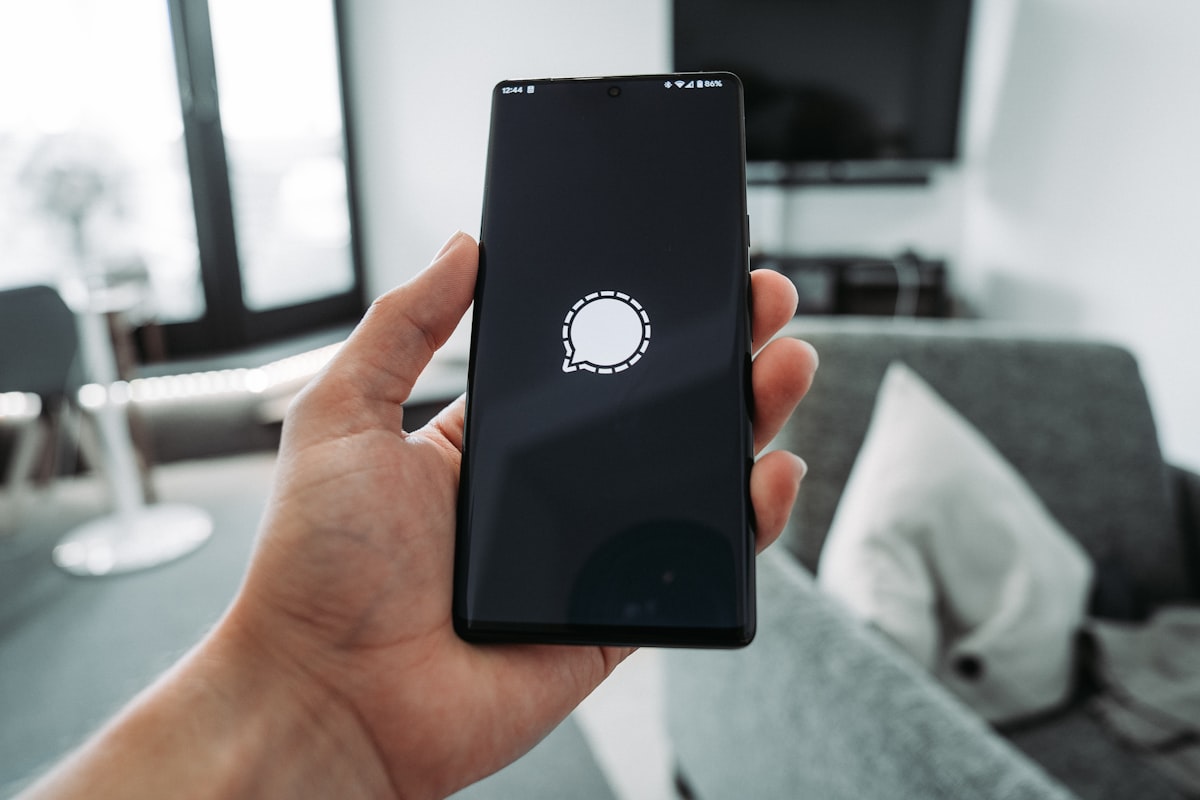Signal Messenger: Using Signal Will Soon Cost $50 Million a Year

Signal has taken a bold step in transparency by unveiling the operational expenses of its messenger service, a move aimed at safeguarding user privacy. In a recent blog post, the Signal Foundation, responsible for managing Signal, detailed the operating costs for the first time, disclosing approximately $40 million for the current year, with projections reaching $50 million by 2025.
The motivation behind this unprecedented disclosure goes beyond the typical legal requirements for nonprofit organizations. According to Meredith Whittaker, Signal's president, the intention is not solely to encourage year-end donations. Instead, it serves as a deliberate effort to shed light on the funding mechanisms employed by competitors in the communications industry.
Whittaker emphasizes that while Signal is transparent about covering its operational expenses, other players often sustain themselves by either directly capitalizing on user data monetization or by affiliating users with networks following profit-oriented surveillance models.
The Signal messaging service, operating as a non-profit venture, finds itself in competition with financially robust counterparts like Telegram, WhatsApp, Facebook Messenger, Gmail, and iMessage. Meredith Whittaker, in a conversation with Wired, emphasized that the transparency regarding Signal's costs serves to illuminate the inner workings of the tech industry, particularly the often obscured surveillance-based business model.
Whittaker expressed that running services like Signal, WhatsApp, Gmail, or Telegram comes with unexpectedly high expenses. She contends that companies covering these costs through surveillance mechanisms prefer to keep users unaware of the financial intricacies involved.
Cost factors infrastructure and privacy
Signal incurs infrastructure costs totaling $14 million annually, covering servers, bandwidth, and storage. Remarkably, voice and video calls alone consume approximately 20 petabytes (20 million gigabytes) of bandwidth each year, incurring a cost of $1.7 million.
Additionally, Signal allocates $6 million annually to telecommunications companies for SMS messages, utilized to send registration codes for new Signal accounts. This expense has escalated due to rising charges by telecommunications firms, compensating for the global decline in SMS usage.
A significant portion of Signal's budget, amounting to $19 million per year, is dedicated to its workforce. The messenger service currently employs around 50 individuals, a modest figure in comparison to services with similarly extensive user bases, often boasting thousands of employees.
This represents a notable increase from Signal's early days in 2016 when it operated with merely three full-time employees working in a single room within a San Francisco co-working space.
According to Whittaker in her discussion with Wired, Signal incurs higher expenses for several features compared to other messaging services due to the additional costs associated with implementing privacy-preserving functionalities.
Signal goes beyond merely encrypting call and text content; it extends its encryption to users' contacts, as well as the names and photos in their user profiles. Achieving this level of privacy often demands more time-consuming and costly technology compared to operating without encryption.
Financing model: donations
Originally established with funding from the US State Department's Open Technology Fund, Signal Messenger relies on donations to sustain its operations. Major contributors, including Twitter co-founder Jack Dorsey, who commits $1 million annually, assist in covering the foundation's costs. While some donors prefer to remain anonymous, their contributions are similarly substantial, as highlighted by Whittaker.
Despite substantial support from notable figures, Signal aims to diversify its funding sources, increasingly emphasizing small donations, starting from as little as $3, facilitated directly through the app.
Currently, Signal reports that these modest contributions make up a quarter of its operating costs. While this trend is gaining momentum, Whittaker underscores the need for a significant increase in small donations for Signal to maintain and expand its presence without overreliance on a select group of affluent individuals.



